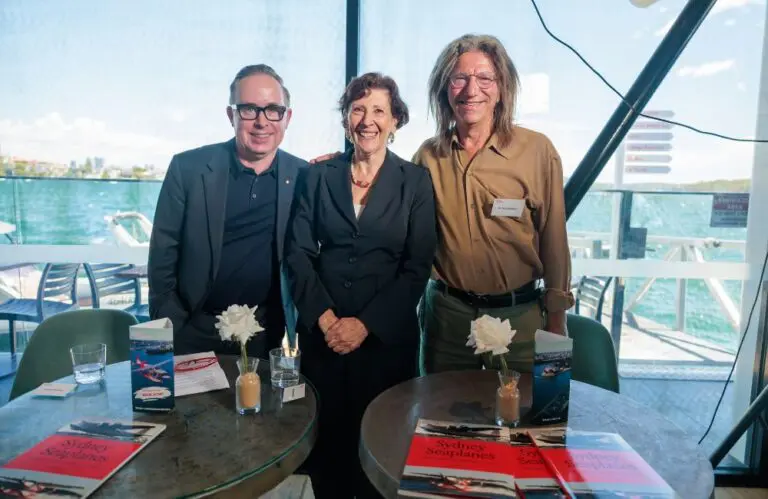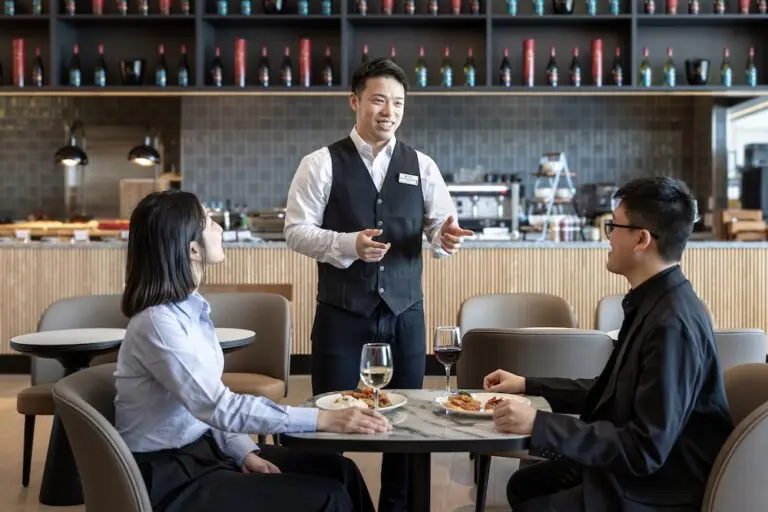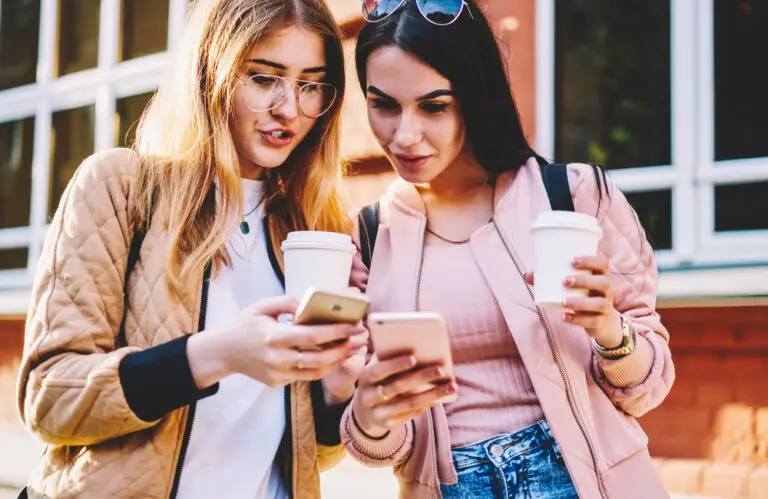Tourism Research Australia’s Accessible Tourism in Australia 2024 report shares a full-year snapshot of accessible tourism for the first time, highlighting valuable info on a sector that spent more than $29.2 billion last year, representing 17 per cent of total visitor spend.
TRA’s report details the size and value of Australia’s accessible tourism industry and how travellers with accessible needs travel within the country.
The report shows more than one in five trips in Australia (22% or 70.5 million) were made by travellers with accessible needs and their travelling companions in 2024.
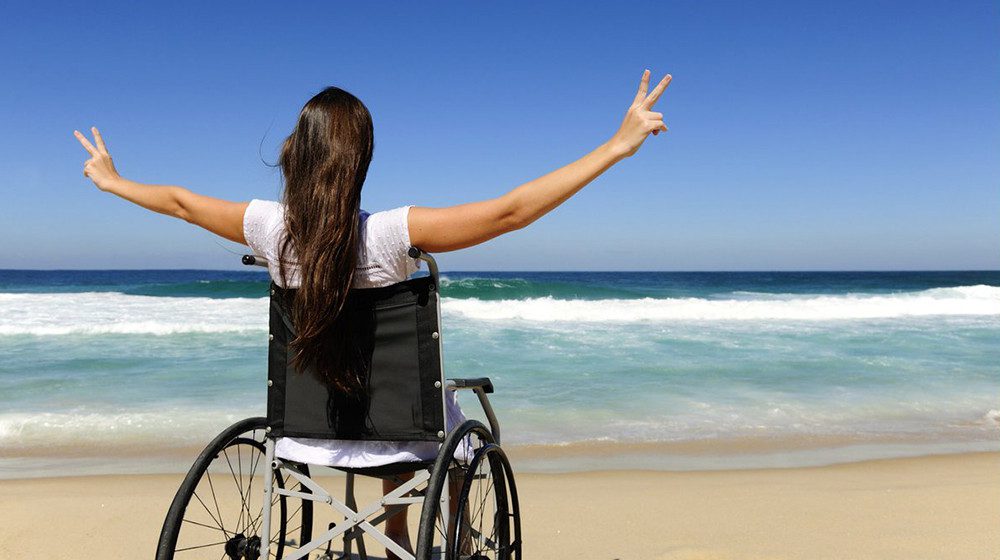
Holiday was the most common purpose for travel among international travellers with accessible needs, followed by visiting friends and relatives (VFR).
Four in 10 travellers with accessible needs (43%) travelled to Australia for VFR compared to 34 per cent of other travellers.
Total nights for this sector equated to 97.1 million (14% of total) with international visitors staying 9.9 million nights (3%) and domestic overnights totalling 87.2 million nights (22%).

New South Wales, Queensland and Victoria were the three most popular destination states for total trip nights (both for travellers with accessible needs and other travellers).
The report found travellers with accessible needs (58%) were more likely to spend time in regional areas than other travellers (44%).
The most common accommodation type for travellers with accessible needs was staying at a friends or relatives’ property, accounting for 40 per cent of all nights stayed.
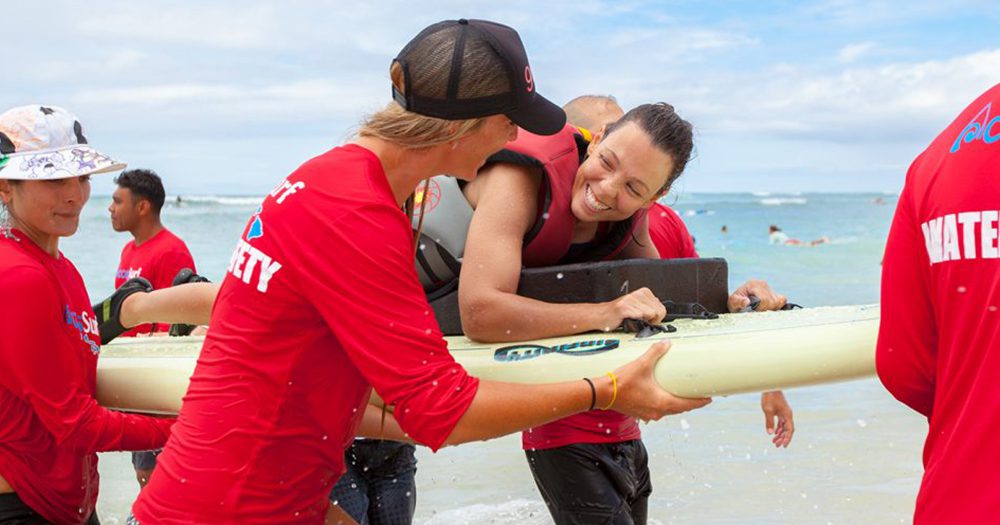
The next most common accommodation type was hotel, motel or resorts (25% of nights), followed by caravan parks or camping (15% of nights).
When it comes to visitor spend, travellers with accessible needs spent less per trip on average than other travellers, partially because domestic travellers are less likely to travel interstate and international travellers take shorter trips.
The average trip spend of international travellers with accessible needs ($2,516) was 92 per cent of that of other international travellers ($2,744).
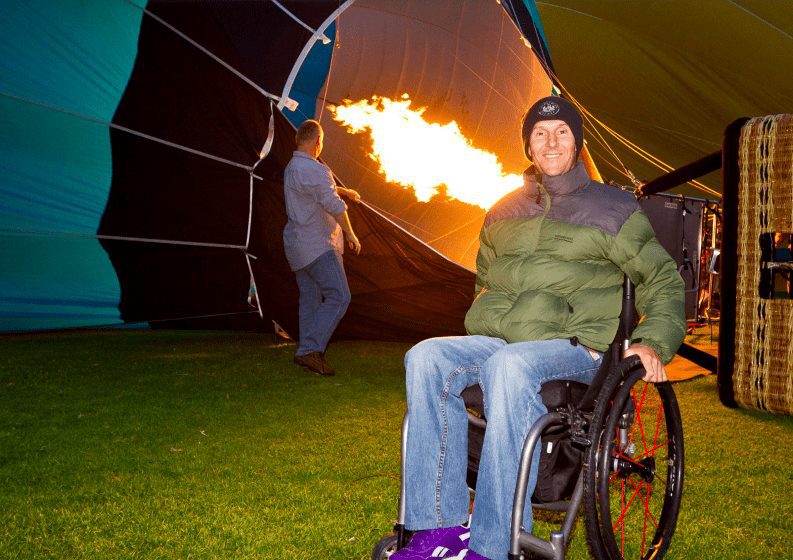
International travellers use a higher proportion of their trip spend on tours, but a lower proportion on domestic airfares than domestic travellers.
Travellers with accessible needs also used train or bus/coach to travel more frequently than other travellers.

While more than one in four travellers with accessible needs travel alone, they do so less than other travellers: 28 per cent of travellers with accessible needs travel solo, compared to 36 per cent for other travellers.
They also travel more frequently in parties of friends and/or relatives (25% to 18%) and in family groups of parents and children (16% to 14%).
Read the full report here.


